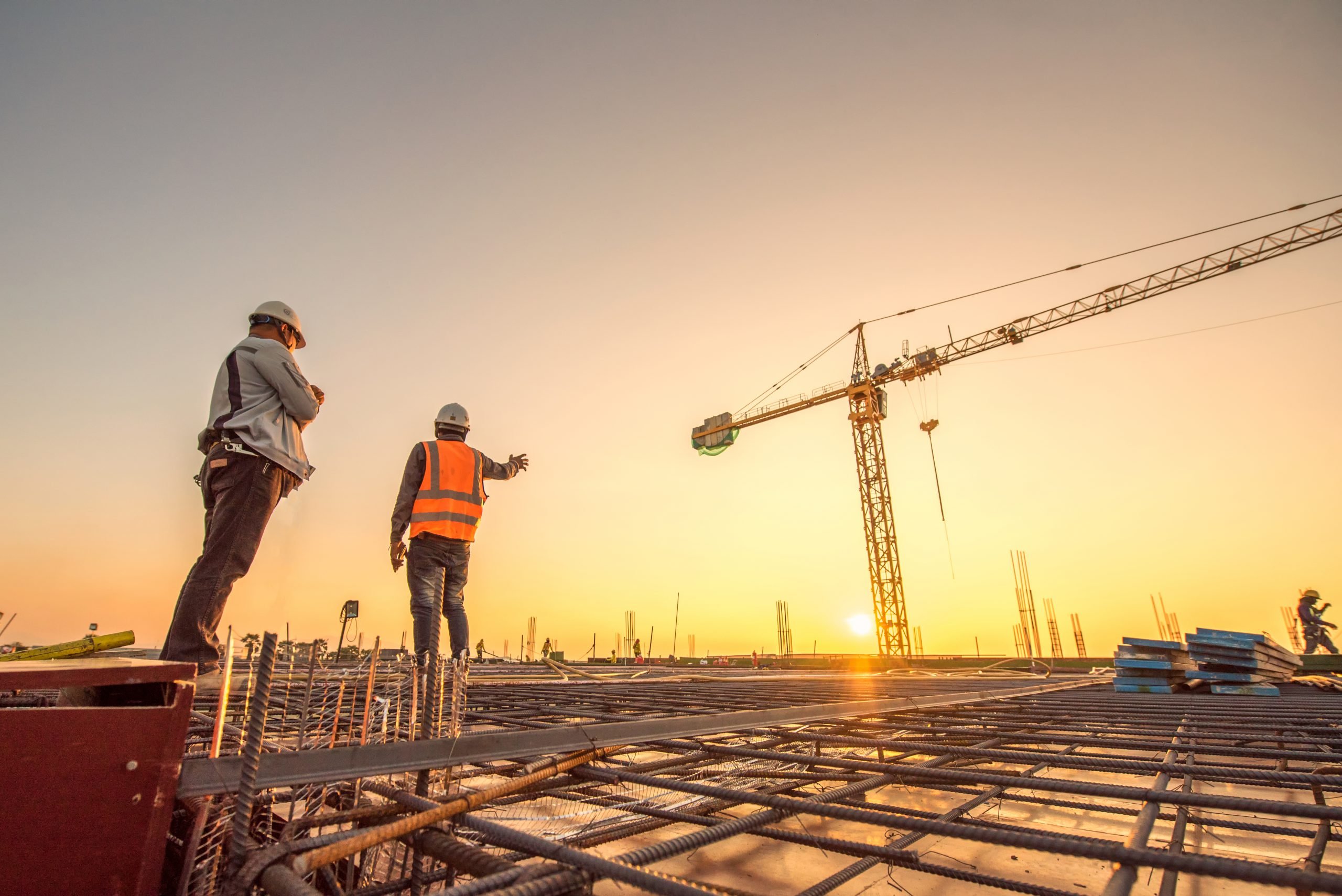In today’s digital age, the construction site industry isn’t immune to cyber threats. While physical vandalism poses a visible risk to construction sites, digital attacks have emerged as a growing concern. Surprisingly, much of the construction sector operates online, from equipment with embedded telematics to crucial payment systems and employee information stored in digital databases. Approximately 75% of construction companies utilise cloud-based systems for document storage and project management. This intersection of physical vulnerability and digital reliance emphasises the need for a comprehensive approach to security. Beyond securing the physical premises, it’s imperative to fortify online infrastructure against cyber threats. The integration of digital technologies into construction, such as the Breeam Hea 06 security Assessment, plays a key role in evaluating and enhancing the security standards of construction sites. By acknowledging and addressing both physical and digital vulnerabilities, the construction industry can mitigate risks, ensuring the safety of valuable assets and information.
Let People Know They Are Being Watched
A survey involving 422 burglars revealed that 60% would opt for alternative targets if they were aware of security cameras at a location. Additionally, half of them admitted that discovering cameras mid-theft would prompt them to abandon their illicit activities. This highlights the deterrent effect of surveillance. Whether actual cameras are installed, or signs indicating their presence are displayed, signalling the presence of surveillance can significantly diminish the risk of theft or vandalism. This psychological deterrent, known as the “watched effect,” creates a sense of risk and increases the likelihood of perpetrators seeking less protected sites. Even the illusion of being watched through visible signs or dummy cameras can greatly contribute to deterring criminal activities at a construction site.
On-site Surveillance of Construction Site
Deploying on-site security cameras proves beneficial for companies with the financial means. Beyond aiding law enforcement in investigating thefts, the mere presence of cameras acts as a powerful deterrent against potential intruders. The sight of surveillance equipment often dissuades individuals from engaging in unlawful activities due to the fear of being caught. Moreover, these cameras serve as an internal safeguard within the company itself. In cases of missing tools or on-site incidents, having a record enables tracking and understanding of the events that transpired. Crucially, informing both employees and the public about the surveillance is paramount. Notifying employees about recording for legal purposes and prominently displaying notices for public awareness reinforces the preventive aspect of surveillance, contributing significantly to deterring unwanted activities at the site.
CCTV
Modern CCTV systems in construction sites offer versatile benefits beyond security. These cameras monitor health, safety, project progress, and equipment efficiency. Amid COVID-19, they aid in screening for elevated temperatures among workers and provide vital evidence for accident investigations, easing liability concerns. Integration of facial recognition simplifies attendance tracking, potentially replacing manual systems. This advanced technology not only simplifies processes but also enhances site security by automatically flagging unauthorised entries to site managers, amplifying overall surveillance capabilities.
Hire Security Guard
Although lighting and camera systems serve as crucial security tools, determined criminals can bypass these measures. Employing trained security guards enhances site security, particularly during nighttime. Their presence acts as a tangible deterrent, and their swift response to any suspicious activity bolsters overall protection. In expansive areas, mobile patrols conducted by guards using vehicles provide additional coverage, ensuring thorough monitoring of the property. This human presence significantly reinforces the effectiveness of technological security measures, creating a more robust defence against potential intrusions or vandalism at construction sites.
Conduct Background Checks
Internal theft within construction sites poses a significant challenge, as employees might be inclined to take tools or equipment. Despite robust internal security measures, preventing this “inside” theft remains complex. Conducting thorough background checks on prospective employees before hiring is crucial. These checks help in identifying any past incidents or red flags that might indicate a propensity towards theft. By vetting individuals during the hiring process, construction companies can minimise the risk of internal theft and enhance overall site security, fostering a more trustworthy and secure work environment.
Store Valuables
Avoid leaving valuable items unattended on the construction site by establishing designated storage areas. Use lockable containers for larger materials and tool barrows for smaller tools and items. Proper storage significantly reduces the risk of theft and safeguards valuable materials from being easily accessed by unauthorised individuals. Implementing this practice not only enhances security but also promotes organisation and efficiency on the site, ensuring that essential equipment and materials remain secure and readily available for use when needed.
Safeguarding a construction site from vandalism demands a multi-faceted approach that combines physical barriers, technology, vigilant monitoring, and community involvement. By implementing these comprehensive security measures, construction sites can significantly reduce the risks associated with vandalism and unauthorised access.
Visit Shayarii for more!

